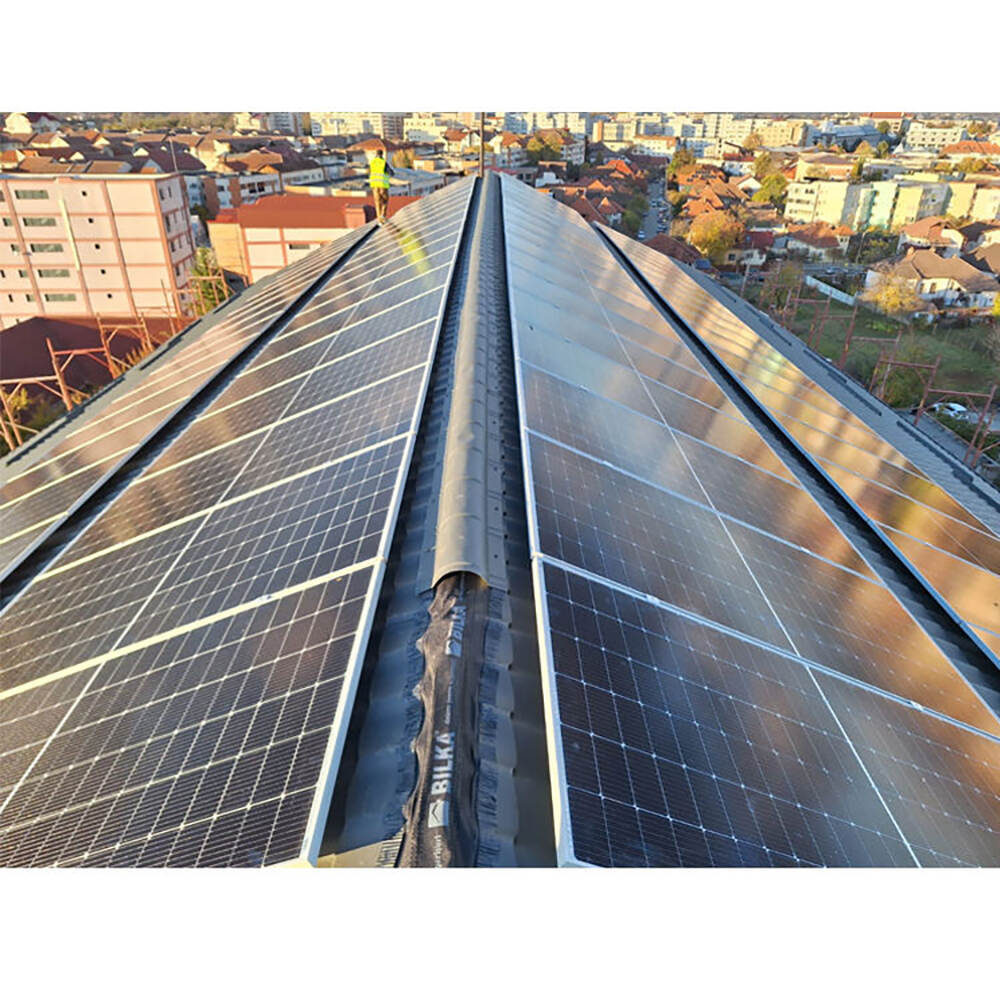Email format error
Email cannot be empty
Email already exists
6-20 characters(letters plus numbers only)
The password is inconsistent
Email format error
Email cannot be empty
Email does not exist
6-20 characters(letters plus numbers only)
The password is inconsistent


Understanding the Bicrystalline Factory: Innovations in Solar Energy Production
In recent years, the demand for renewable energy solutions has surged, and solar energy stands at the forefront of this revolution. One critical player in this industry is the bicrystalline factory, which specializes in producing advanced solar cells. This article explores the bicrystalline factory's significance, its production processes, and the role it plays in the broader solar energy landscape.
What is a Bicrystalline Solar Cell?
Bicrystalline solar cells are a type of photovoltaic cell made from silicon crystals. Unlike monocrystalline cells, which are made from a single crystal structure, bicrystalline cells are composed of two distinct crystal structures. This unique composition allows for improved efficiency in converting sunlight into electricity, making them an attractive option for many solar panel manufacturers.
The Advantages of Bicrystalline Solar Cells
Cost-Effective Production
The manufacturing process of bicrystalline cells is generally less expensive than that of monocrystalline cells. This cost-effectiveness is particularly beneficial for manufacturers looking to lower production costs without sacrificing quality.
Efficient Energy Conversion
Bicrystalline cells can achieve a high efficiency rating, making them competitive with other solar technologies. Their ability to convert a significant amount of sunlight into usable energy makes them a preferred choice for large-scale solar installations.
Durability and Longevity
These cells exhibit remarkable durability, resisting environmental stressors like heat and humidity. A bicrystalline factory produces solar panels that can withstand harsh weather conditions, ensuring a long lifespan and reliable performance.
The Manufacturing Process at a Bicrystalline Factory
Understanding the manufacturing process at a bicrystalline factory is essential for grasping how these cells are produced. The following steps outline this intricate process:
1. Silicon Preparation
The first step involves sourcing high-quality silicon. The silicon is then refined and treated to create the two crystal structures necessary for bicrystalline cells. This preparation is crucial, as the purity of silicon directly affects the efficiency of the final product.
2. Crystal Growth
In this stage, the prepared silicon is melted and allowed to cool slowly. As it cools, two distinct crystal structures form. The careful management of temperature and time during this process is vital to ensure the optimal growth of the crystals.
3. Wafer Cutting
Once the silicon has solidified, it is sliced into thin wafers. These wafers serve as the base for the solar cells. The thickness of the wafers can influence the efficiency and overall performance of the final product.
4. Cell Fabrication
The sliced wafers undergo various treatments to form solar cells. This includes doping the silicon with other materials to enhance its electrical properties. The fabrication process is where the magic happens, transforming raw silicon into functioning solar cells.
5. Panel Assembly
After the cells are fabricated, they are assembled into solar panels. This involves placing multiple cells together and encapsulating them in protective materials to ensure durability. A bicrystalline factory meticulously manages this assembly process to maintain high-quality standards.
The Role of Bicrystalline Factories in the Solar Industry
Bicrystalline factories play a crucial role in the solar energy landscape. They contribute to the growing demand for renewable energy solutions by producing efficient, cost-effective solar panels. Here are some key areas where their impact is felt:
Meeting Global Energy Needs
As countries strive to meet their energy needs sustainably, bicrystalline factories provide a reliable source of solar panels. By producing high-efficiency solar cells, these factories help accelerate the transition to renewable energy sources.
Innovation in Solar Technology
The ongoing research and development at bicrystalline factories lead to continuous improvements in solar technology. Innovations in production techniques and materials contribute to the overall advancement of solar energy solutions.
Supporting Economic Growth
Bicrystalline factories create jobs and stimulate local economies. The demand for skilled labor in these factories promotes economic development in regions where they are located.
Challenges Faced by Bicrystalline Factories
While bicrystalline factories are integral to the solar energy sector, they face several challenges:
Competition from Other Technologies
The solar market is highly competitive, with various technologies vying for market share. Bicrystalline cells must continuously innovate to remain relevant against other options like monocrystalline and thin-film solar cells.
Supply Chain Issues
Global supply chain disruptions can impact the availability of raw materials needed for production. A bicrystalline factory must navigate these challenges to maintain consistent output levels.
Environmental Considerations
Sustainability is paramount in the solar industry. Bicrystalline factories must ensure that their production processes are environmentally friendly, addressing concerns about waste and energy consumption.
Future Prospects for Bicrystalline Factories
The future looks promising for bicrystalline factories. As technology advances and the global push for renewable energy intensifies, these facilities are well-positioned to thrive. Key trends to watch include:
Advances in Technology
Ongoing research will likely yield new methods to enhance the efficiency of bicrystalline cells. Innovations in materials and production techniques could lead to even better performance and lower costs.
Expanding Market Reach
As awareness of solar energy's benefits grows, more markets are opening up to solar solutions. Bicrystalline factories can capitalize on this expansion by developing products tailored to various regional needs.
Collaborative Efforts
Collaboration between bicrystalline factories, research institutions, and government agencies can drive innovation and growth in the solar industry. Such partnerships can lead to breakthroughs that benefit the entire sector.
Conclusion
The bicrystalline factory is a cornerstone of the solar energy industry, producing high-quality solar cells that contribute significantly to renewable energy efforts. As demand for sustainable energy continues to rise, these factories will play a vital role in meeting global energy needs. Through innovation, cost-effective production, and a commitment to quality, bicrystalline factories are paving the way for a brighter, more sustainable future in solar energy.
